Buried Treasures – 12 plants that can be foraged for a winter harvest
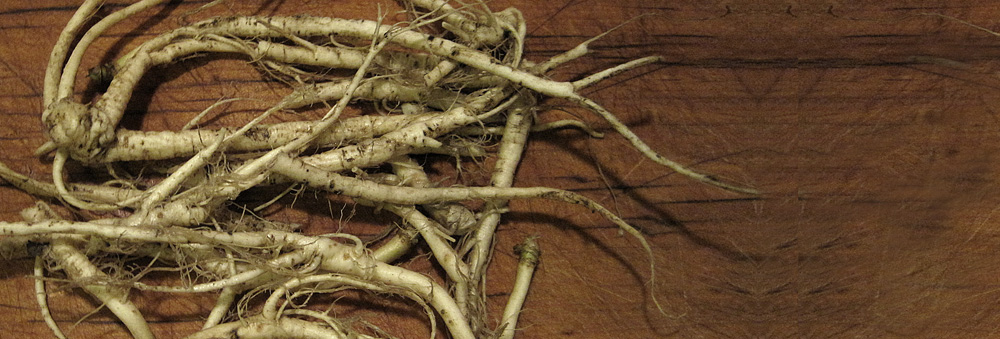
When all else seems to be dying off before the arrival of winter, there is still a rich and abundant harvest, waiting to be discovered.
From late September, until the frosts make the ground too hard to dig, you can gather roots for food and medicine. During this time of year I harvest a variety of roots which I preserve for the winter months. I create dishes, using roots, tubers and bulbs as well as the greens that thrive before the really cold weather hits. There are a surprising number of edible roots out there. Many of the leaf rosettes you find in late fall have edible roots, although some (like mullein) are too tough to eat but have medicinal uses.
Here are 12 delicious and nutritious wild edibles to be found:
1. wild garlic
2. dandelions
3. chicory
4. dock
5. burdock
6. evening primrose
7. Jerusalem artichoke
8. bull thistle
9. daylily
10. wild parsnip
11. wild carrot
12. garlic mustard
Wild Garlic
In October and November I gather a lot of wild garlic, using the small round bulbs and chopped greens in place of regular garlic and chives. Whenever I gathered a large bunch, I’d add some to my pickle jar. Pickled wild garlic bulbs are delicious, and will last until next spring and beyond.
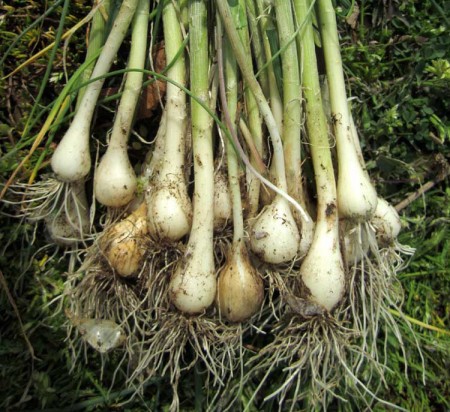
Field garlic bulbs are a tasty substitute for regular garlic and plentiful during late spring and fall
Be cautious when gathering roots, as there are some that can make you sick or even kill you.
Avoid eating the roots from Pokeweed, Poison hemlock or water hemlock. They all have tender tap roots, but they can be fatal. If Daylily has a bulb, it isn’t Daylily.
Each root has its own personality and needs preparing in its own special way, to get the best results. Jerusalem artichoke and dandelion can be eaten raw. Others, like wild carrot and bull thistle are too tough and chewy, unless cooked. Chicory has a tough inner bark, that is too woody to use either cooked or raw, except when roasting for coffee substitute. As a general rule, roots should be gathered before a plant flowers, as they will be more tender. Roots gathered at the end of their first year, after the first frost, are usually sweeter.
After you have cleaned your harvest, deciding how to prepare the roots is important. Some roots are best roasted. Burdock, parsnips and Jerusalem artichoke are at their sweetest prepared this way. However, wild carrot, garlic mustard and bull thistle tend to be rather tough and are better boiled. I prefer field garlic bulbs sautéed or pickled, whereas neither method works well for daylily tubers. Garlic mustard is excellent dried and crushed for use as a condiment and roasted dandelion root makes a tasty coffee substitute.
Once you’ve discovered the best way to prepare a root you can work on creating a recipe that helps bring out the flavors or helps to mask less desirable flavors.
What roots should you harvest (and why)
Dandelion
Anybody who knows me, is generally aware of my love of dandelions. I enjoy almost every part of the plant, but the root is my favorite. Dandelion roots are good to eat boiled, par boiled, stir fried or baked. I like to dry whole, small roots until they are leathery, then I’ll chew them like jerky. After they have dried, I will often reconstituted the rootlets by simmering them in a marinade or honey solution for about 5 minutes, then I re-dry them to create a flavored jerky chew. It makes a really tasty snack food when hiking.
Lisa Caccamise and I once created Jamaican style patties using a dandelion root filling. We finely ground roots, then boiled them in a sweet curry sauce for about 45 minutes until they were flavorful and tender yet still toothsome. We then sautéed them in onion, ginger, garlic and curry and used the mix to fill the folded pastries. After forking the edges we put them in a medium oven for about 25 minutes. They were delightful.
However, my all time favorite use of dandelion roots is to roast them as a coffee substitute. After many years of experimentation, during which I have had several disappointments, I believe that I have refined my methods to where I can guarantee to produce a rich bittersweet coffee with a bold flavor every time. In the fall, I like to gather all I can dig and make enough roasted root to last me all winter long.
Burdock
Burdock roots grow long and straight. They can grow to three feet or longer and can be over an inch thick. They are a valuable medicinal, and can also make a tasty food when prepared properly. They tend to be somewhat bitter and earthy, but this can be removed by pealing and soaking them in cold water for about an hour before using them to cook with.
To prepare them, you can boil them like potatoes or add them to stews. Roasting them sweetens, them but they tend to shrivel somewhat. I’ve often eaten them julienned and added to Asian style dishes. The Japanese call them Gobo and use them in much of their cooking. As a medicinal plant it is good to soak dried sliced roots in oil for about 6 weeks. Once it is strained, the burdock oil can be used to treat all manor of skin ailments and is claimed to be an effective hair restorer.
Dock
There are two common species of dock in the North East, Broadleaf (or Common) Dock, and Curley (or Yellow) Dock. Their roots are similar, except in color. The broadleaf dock root can be gather when young and boiled until tender. It is good to add to stews.
Yellow dock root is much better as a food source, having a sweeter, more tender root, that can be roasted, boiled or sautéed. An oil can be made from the chopped root to that will prove very effective in treating skin complaints such as ulcers, tumors and other types of skin eruptions.
Evening Primrose
These roots can be quite large and make a great addition to a hearty stew. Eaten boiled, sautéed or roasted they tend to have a rather sharp almost prickly aftertaste at the back of the tongue. For this reason I like to prepare them in a strong flavored sauce, such as chili or curry, or in a stew in place of potatoes.
Daylily tubers
If you dig up the roots from a daylily plant you will notice (after cleaning them) that they contain a lot of small oblong tubers in among the rhyzomes and fibrous rootlets, that make up the root cluster. It takes a fair bit of work to remove them all, but it can be worth it in the end.
The main drawback with these little tubers is that they have rather tough skins. The best way to remove the skins is to boil them for an hour then peal them before using them in cooking. If you don’t mind chewing on the skins, then I’d recommend roasting or sautéing them. It brings out the best in their flavor.
Garlic mustard
The roots of garlic mustard are best gathered when the plants are dormant (in the colder whether), when they are at their most flavorful. They can be used in cooked dishes such as stir fries or stews, but they are probably better used as a condiment. They have a flavor similar to horseradish, though somewhat milder. I have often ground them up in vinegar, with a little sugar added as a substitute for horseradish sauce. However, one of the best ways to use and preserve the roots is to dry them out and grind them into a spicy powder that can be sprinkled on food or used as a flavoring in cooking.
Wild carrot (Queen Anne’s Lace)
Unlike its domesticated cousin, wild carrot has a white root. It is also somewhat tougher, and requires boiling to become tender enough to eat. Another major difference is that wild carrot often puts out a number of sub roots growing in different directions rather than the single tap root of regular carrot. It is probably best used in soups and stews.
Jerusalem artichoke (sunchoke)
These tall sunflowers bring us gifts throughout the fall months, firstly with their showy flowers and then with the tasty edible tubers that grow in clusters underground. In the right conditions a plant will produce several pounds of tubers.
They are one of the most versatile roots for cooking. They can be cooked much the same way as potatoes, but unlike potatoes they can be eaten raw. The only drawback to eating them raw, however is that they are inclined to give you gas. My favorite way to prepare these tubers is to slice them and pickle them in a sweet vinegar solution. They keep their crispness and aren’t as gaseous as raw tubers.
Chicory
Chicory is too tough to use as a vegetable, unless you remove the woody core, and even then only the younger plants should be used, however the entire root when roasted makes an ideal coffee substitute.
Parsnip
Wild parsnips are much sweeter when harvested after the first frost. I’ve actually harvested them during the summer and they were still very tasty. Parsnip (like wild carrot, burdock and dock) is a biennial, so the end of the first year or early the second year before it bolts (puts up a flower stem) are the best times to harvest them. The root can be boiled, roasted, baked or used any number of ways.
Share and Enjoy
2 Comments
You must be logged in to post a comment Login


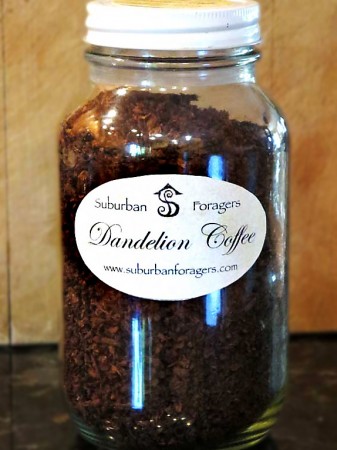

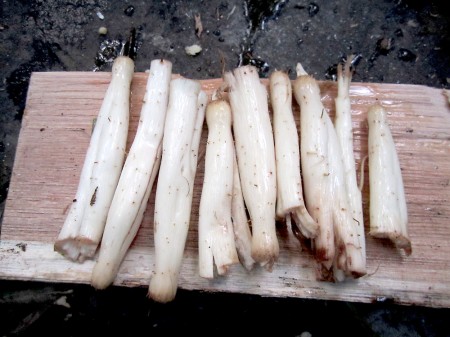
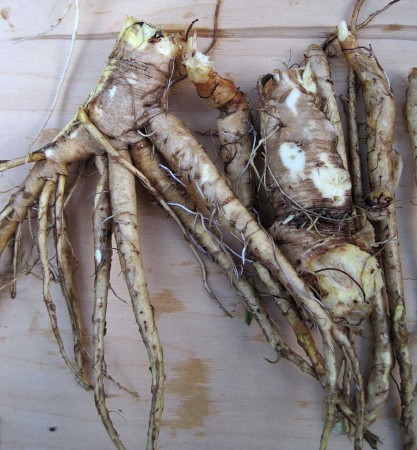

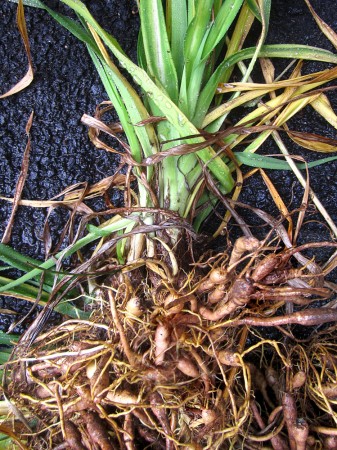
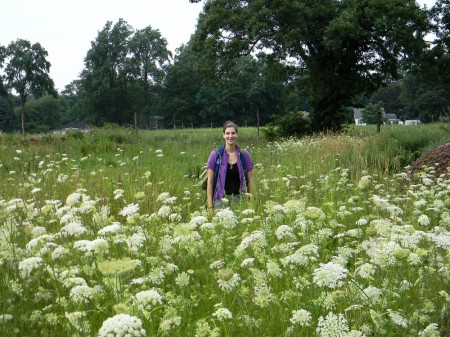
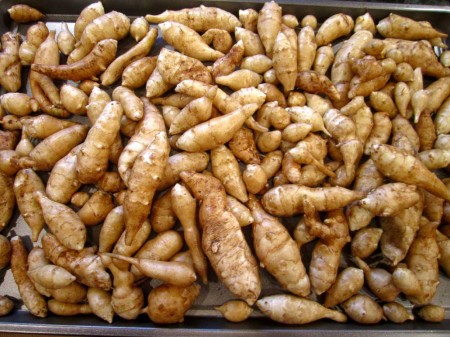
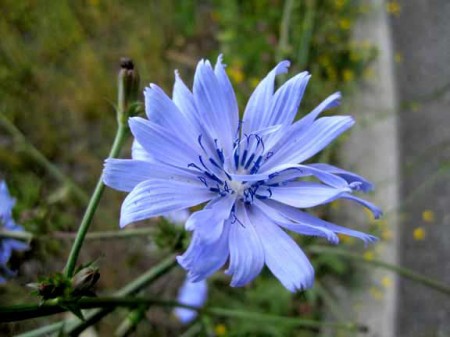
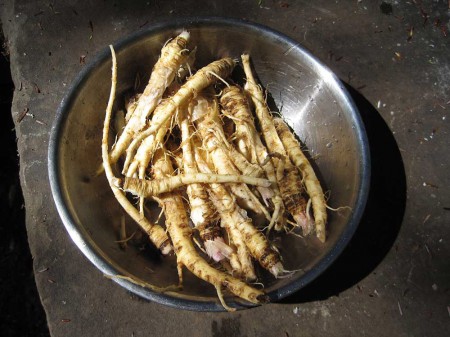
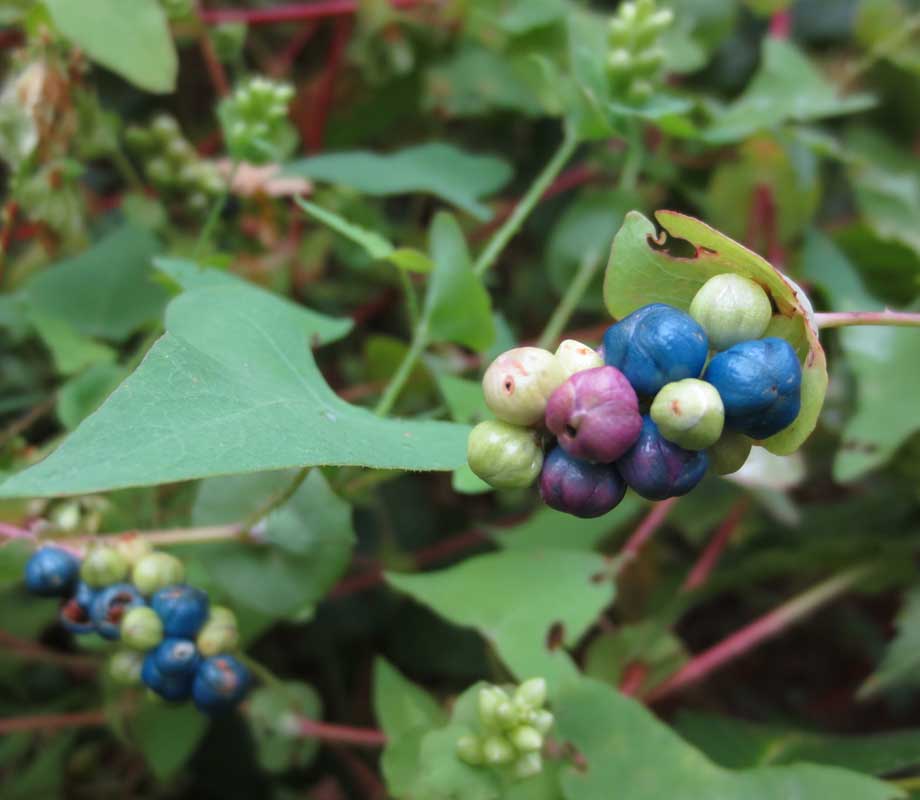
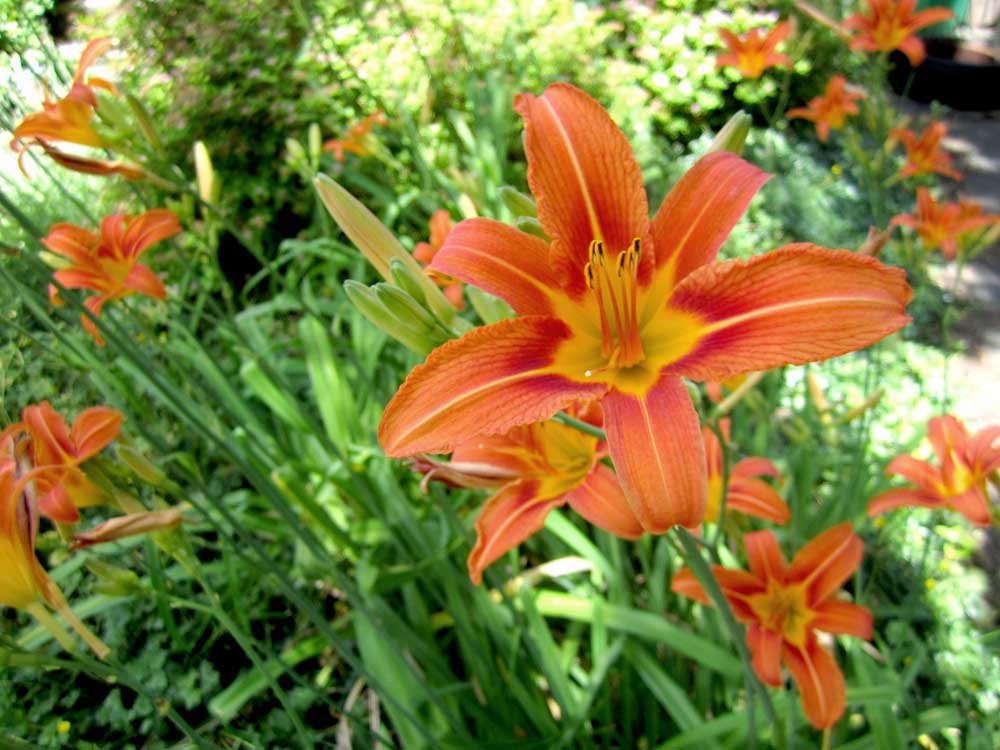
Storm
December 13, 2012 at 4:52 pm
This article is not correctly named. It isn’t a winter harvest, it is a fall/late fall harvest. This is not the same as winter!
Rockland Forager
January 3, 2013 at 8:58 pm
It is now January, and I’m still harvesting many of them.